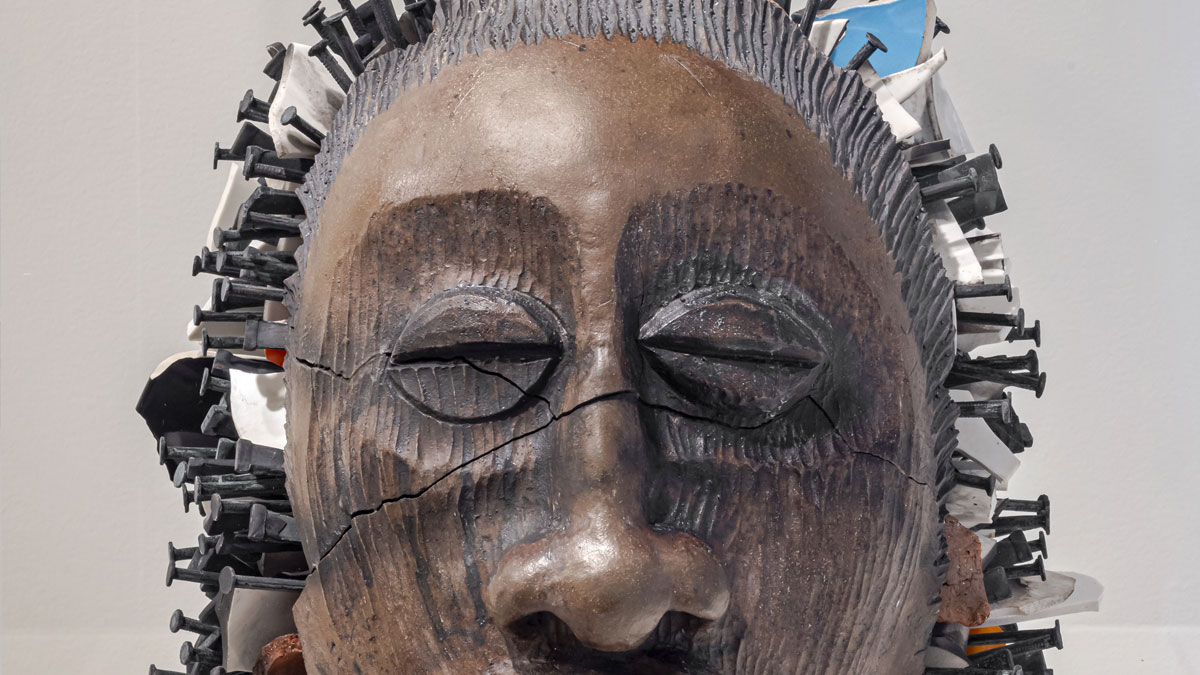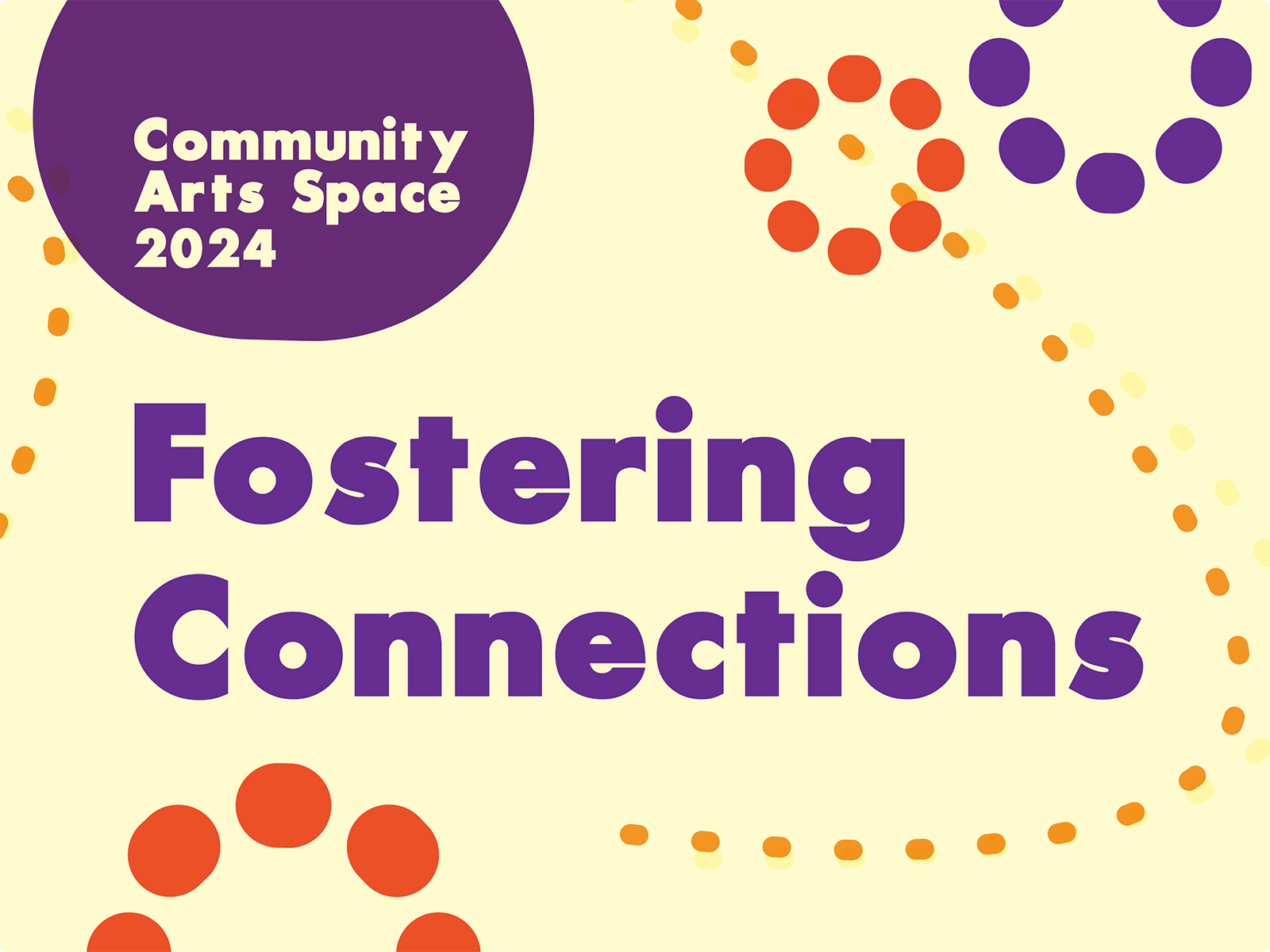Event Navigation
Sharif Bey: Colonial Ruptures
The Gardiner Museum brings together people of all ages and backgrounds through the shared values of creativity, wonder, and community that clay and ceramic traditions inspire.

- This event has passed.
Sharif Bey: Colonial Ruptures
May 14, 2022 - August 28, 2022

Lobby Display
“I am inspired by folklore, functional pottery, modernism, natural history, and a lifelong affinity for West African and Oceanic sculpture. My works investigate the symbolic and formal properties of archetypal motifs, questioning how the meanings of icons, objects, and functions transform across cultures and over time.” – Sharif Bey
Sharif Bey works figuratively, often repurposing fragments of his own earlier sculptures to create beings with a sense of wonder, ritual, and ambiguity.
Bey’s works foreground African and Afro-diasporic aesthetic traditions. Central African power figures, or nkisi, and physiognomies emblematic of Blackness figure prominently, while other influences include ancient Andean ceramics and contemporary popular culture. Bey enlivens his forms with jutting nails, porcelain shards, and other inclusions, giving his figures an energetic presence. For Bey, the removal of nkisi and other historical artifacts from their cultures of origin represents colonial violence, but also an opportunity for speculation and wonder. What power do these objects hold? What were their original meanings?
Each sculpture is structured around a central pottery form. Bey’s works begin as hollow ceramic, often made on a wheel. To these pots, Bey may add a mask, legs, or lid, making explicit the connection between bodies and vessels, while rendering utility symbolic.
The shard, inclusion, and vessel come together to mirror the capacity for wonder found in historical artifacts removed from their cultures of origin. These works invite us to speculate forward, imagining the worlds and rituals they could embody.
ABOUT THE ARTIST
Born as one of 12 children, Sharif Bey was raised in a large African American family in Pittsburgh. While many of the men in his family left school for jobs in industry, Bey had a pivotal experience at the Manchester Craftsmen’s Guild (MCG) while attending high school. MCG played a formative role for Bey throughout his teens, giving him a foundation of skills and extensive ceramics-world connections.
Shortly after the fall of the Soviet Union, Bey studied sculpture at The Academy of Fine Arts and Design in Bratislava, Slovakia. Later, he earned his BFA from Slippery Rock University, his MFA from the University of North Carolina at Greensboro, and PhD (in Art Education) from Pennsylvania State University. His awards include The United States Artist Fellowship, The Pollock-Krasner Fellowship, The New York Foundation for the Arts Fellowship, and The J. William Fulbright Scholarship.
His work is featured in numerous public collections including The Smithsonian American Art Museum, The Museum of Fine Arts in Houston, The Carnegie Museum, The Columbus Museum, The Everson Museum, and The Westmoreland American Art Museum. Bey is currently an Associate Professor of Art at Syracuse University.
